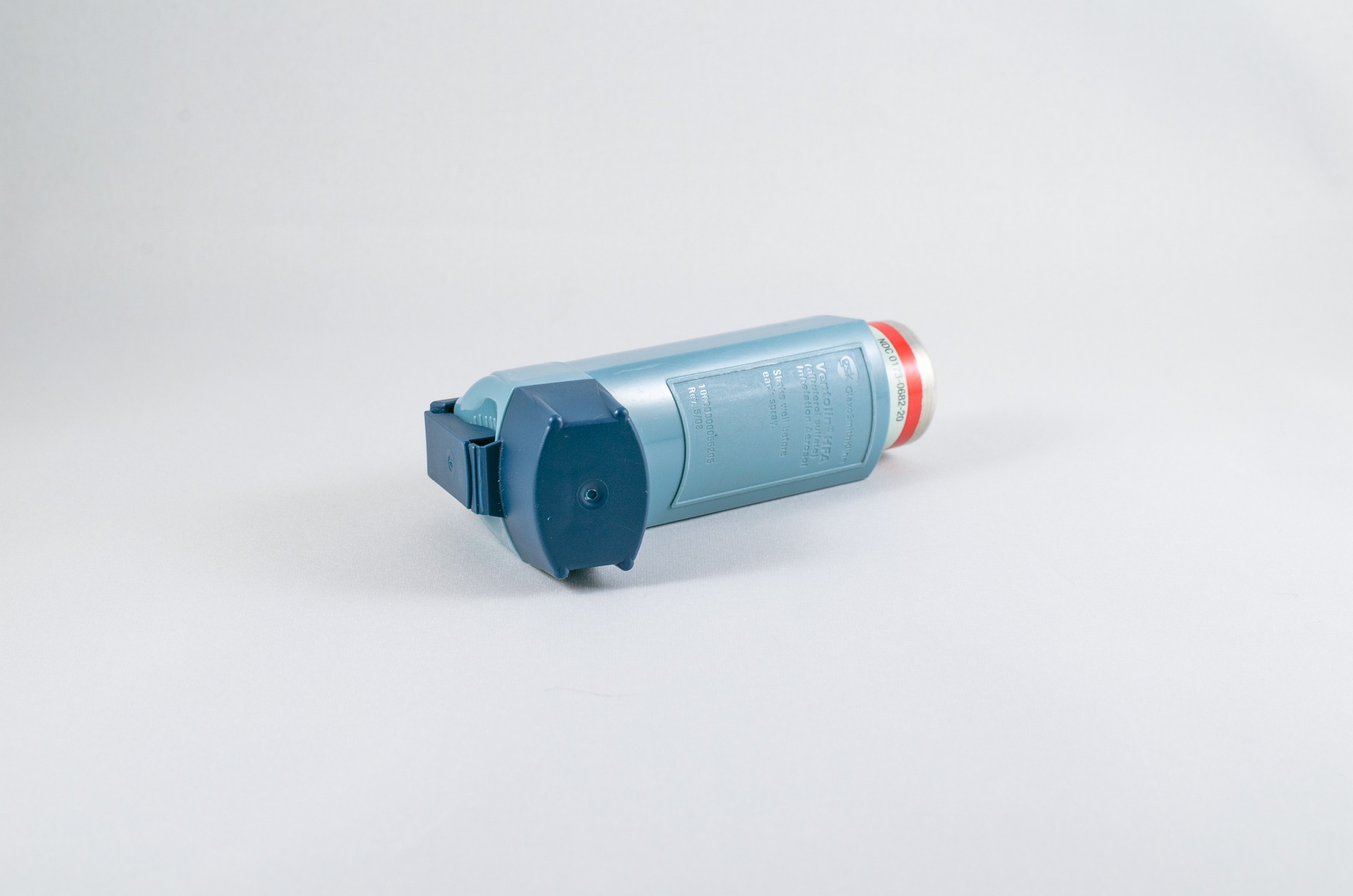3 Ways to Clear Blocked Airways
Dealing with a stuffy nose can be incredibly frustrating, affecting your ability to breathe comfortably, sleep well, and go about your daily activities. When your airways become blocked, finding effective relief becomes a top priority. Whether caused by allergies, colds, or other respiratory issues, understanding how to safely and effectively clear blocked airways can provide much-needed relief and help you breathe easier.

Why Do Airways Get Blocked?
Understanding the root causes of blocked airways helps you choose the most appropriate treatment approach. Airways typically become blocked due to inflammation and swelling of the nasal tissues, often triggered by viral infections like the common cold or flu. Allergic reactions to pollen, dust mites, pet dander, or other environmental allergens can also cause significant nasal congestion.
Additional factors contributing to blocked airways include sinus infections, which create thick mucus that obstructs nasal passages, and structural issues such as deviated septums or nasal polyps. Environmental irritants like smoke, strong odors, or dry air can exacerbate congestion. Hormonal changes during pregnancy or certain medications may also lead to nasal stuffiness. Identifying the underlying cause helps determine whether you need temporary relief measures or should seek professional medical evaluation.
Method 1: Steam Inhalation and Saline Rinses
One of the most effective and natural ways to clear blocked airways involves using moisture and saline solutions. Steam inhalation works by adding humidity to your nasal passages, helping to thin mucus and reduce inflammation. You can create a simple steam treatment by filling a bowl with hot water, placing a towel over your head, and breathing in the warm, moist air for 10-15 minutes.
Saline rinses, performed with a neti pot or saline spray, flush out irritants and excess mucus from your nasal cavities. Mix one teaspoon of salt with two cups of warm, distilled water to create an effective saline solution. This method provides immediate relief and helps maintain nasal hygiene. Many people find combining steam treatments with saline rinses particularly effective for stubborn congestion.
Method 2: Over-the-Counter Decongestants and Antihistamines
Pharmacological approaches offer targeted relief for different types of nasal congestion. Decongestant nasal sprays containing oxymetazoline or phenylephrine provide rapid relief by constricting blood vessels in nasal tissues, reducing swelling. However, limit use to three days maximum to avoid rebound congestion.
Oral decongestants like pseudoephedrine work systemically to reduce nasal swelling and are suitable for longer-term use. For allergy-related congestion, antihistamines such as loratadine, cetirizine, or diphenhydramine can effectively reduce inflammation caused by allergic reactions. Combination medications that include both decongestants and antihistamines may provide comprehensive relief for multiple symptoms.
Method 3: Natural Remedies and Lifestyle Adjustments
Several natural approaches can effectively complement medical treatments for blocked airways. Essential oils like eucalyptus or peppermint, when added to steam inhalation treatments, may provide additional decongestant properties. Staying well-hydrated helps thin mucus secretions, making them easier to expel naturally.
Elevating your head while sleeping promotes better drainage and reduces nighttime congestion. Using a humidifier maintains optimal air moisture levels, preventing nasal passages from becoming overly dry. Spicy foods containing capsaicin can temporarily open airways, though this effect is usually short-lived. Regular exercise, when you’re feeling well enough, can improve circulation and help clear congestion naturally.
Tips to Safely Help Others
When assisting someone else with nasal congestion, prioritize safety and hygiene. Always wash your hands thoroughly before and after helping with treatments. When preparing saline rinses for others, use distilled or previously boiled water to prevent introducing harmful bacteria. Ensure any shared equipment, such as steam bowls or humidifiers, is properly cleaned between uses.
Be cautious when administering medications to others, especially children or elderly individuals, as dosing requirements may differ significantly. Never share nasal sprays or other personal medical devices to prevent cross-contamination. If helping someone with steam treatments, monitor them carefully to prevent burns from hot water or steam. Always respect personal comfort levels and stop any treatment if the person experiences discomfort or adverse reactions.
When to Visit a Doctor
While many cases of nasal congestion resolve with home treatment, certain situations require professional medical evaluation. Seek medical attention if congestion persists for more than 10 days, particularly if accompanied by thick, colored discharge that may indicate a bacterial infection requiring antibiotic treatment.
Contact a healthcare provider if you experience severe facial pain, especially around the eyes or forehead, which could suggest a sinus infection. High fever, particularly above 101.5°F, warrants medical evaluation. If you have chronic conditions like asthma or compromised immunity, consult your doctor earlier rather than waiting for symptoms to worsen. Additionally, if over-the-counter treatments aren’t providing adequate relief or if you’re experiencing recurring episodes of severe congestion, a medical professional can identify underlying causes and recommend more targeted treatment approaches.
Effective management of blocked airways often requires a combination of approaches tailored to your specific situation and underlying causes. By understanding various treatment options and knowing when to seek professional help, you can find relief and maintain better respiratory health. Remember that persistent or severe symptoms always warrant medical evaluation to ensure proper diagnosis and treatment.
This article is for informational purposes only and should not be considered medical advice. Please consult a qualified healthcare professional for personalized guidance and treatment.




